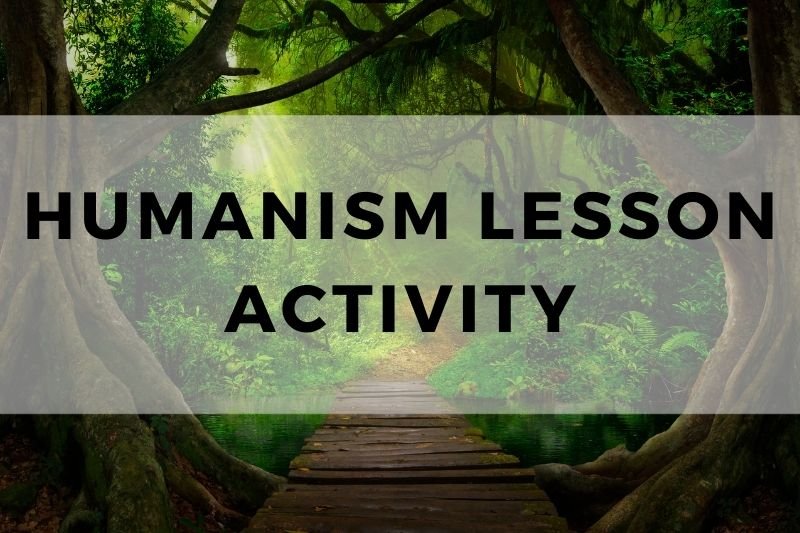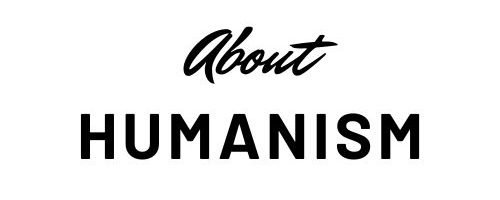
Teaching humanism helps students develop empathy, critical thinking, and self-awareness. It encourages them to value human dignity, equality, and reason. Incorporating meaningful humanism lesson activities can make these ideas relatable and practical. These activities promote open-mindedness and foster a deeper understanding of diverse perspectives. They also help students connect philosophy to real-life situations.
This article provides 15 actionable activities designed to engage your class effectively. Each activity is easy to implement and supports core humanistic values. By using these ideas, you can inspire your students to think critically and act compassionately. Let’s explore these impactful lesson plans.
Defining Humanism Lesson Activities
Humanism lesson activities focus on teaching values like empathy, reason, and respect for others. These activities aim to build critical thinking and self-awareness in students. They connect philosophical ideas with everyday actions and decisions.
The goal is to help students understand the importance of human dignity and shared values. Each activity encourages participation, reflection, and collaboration. By fostering these skills, students can better navigate ethical challenges in life. These lessons also promote open dialogue and mutual respect. This foundation helps students grow into thoughtful and compassionate individuals.
15 Humanism Lesson Activities for Your Class (Copy Them!)
#1. Group Discussions on Ethical Dilemmas
Group discussions allow students to explore complex moral issues. They can examine different viewpoints on topics like honesty, fairness, and justice. Students learn to express their opinions and listen to others. This activity helps build critical thinking and communication skills. It also encourages respect for diverse perspectives. By analyzing ethical dilemmas, students better understand human values and ethical decision-making.
#2. Personal Reflection Journals
Personal reflection journals encourage self-exploration. Students reflect on their thoughts, feelings, and experiences related to humanism. This activity promotes self-awareness and emotional intelligence. Journals allow students to process their beliefs and challenge their assumptions. They can track their personal growth throughout the course. Reflection also strengthens writing and analytical skills.
#3. Role-Playing Scenarios to Explore Different Perspectives
Role-playing lets students experience situations from different points of view. By taking on roles in scenarios, they can understand diverse perspectives on human issues. This activity fosters empathy and problem-solving. Students can role-play situations involving social justice, human rights, or ethical conflicts. It helps them better understand others’ experiences and motivates thoughtful action.
#4. Collaborative Projects on Social Issues
Collaborative projects focus on real-world social issues. Students work in groups to research, discuss, and develop solutions. This activity builds teamwork and practical problem-solving skills. It also connects humanistic values to current social challenges. By collaborating, students learn the importance of collective action and shared responsibility. This hands-on activity makes humanism relevant to today’s world.
#5. Storytelling for Empathy Development
Storytelling helps students connect emotionally with different human experiences. Through storytelling, they can share personal stories or learn about others’ lives. This activity promotes empathy and emotional understanding. Students can explore themes like overcoming adversity, cultural diversity, and human rights. Storytelling helps students understand the importance of human connection and compassion.
#6. Debates on Moral or Philosophical Questions
Debates on moral or philosophical questions encourage students to analyze different ethical positions. Topics like “Is it ever okay to lie?” or “What is the meaning of justice?” allow students to challenge their own beliefs. They must present well-reasoned arguments and engage with opposing views. This activity sharpens critical thinking, communication, and logical reasoning skills. Students also learn to respect different viewpoints and engage in constructive dialogue.
#7. Mindfulness and Stress-Relief Practices
Mindfulness practices help students stay focused and manage stress. Activities like deep breathing or guided meditation can help students ground themselves in the present. These practices improve mental clarity and emotional regulation. By incorporating mindfulness into lessons, students gain tools to cope with challenges. It promotes self-awareness and encourages a calm, reflective approach to problems.
#8. Creative Writing Based on Personal Experience
Creative writing allows students to explore humanism through storytelling. They can write about personal experiences that reflect core humanistic values. Topics can include overcoming personal challenges, practicing kindness, or standing up for justice. This activity enhances writing skills while encouraging reflection on personal beliefs. It fosters creativity and helps students connect philosophy with their own lives.
#9. Critical Thinking Exercises with Case Studies
Critical thinking exercises using case studies allow students to apply humanist principles to real-world situations. They analyze scenarios, identify ethical dilemmas, and propose solutions. This activity promotes problem-solving and ethical reasoning. Case studies can cover topics such as human rights, equality, and social justice. Students gain practical insight into how humanism can guide decision-making in complex situations.
#10. Peer Teaching and Group Presentations
Peer teaching and group presentations allow students to take on leadership roles. In these activities, students collaborate to teach each other about humanism and related topics. Presenting ideas fosters confidence and communication skills. It also reinforces the concepts they’ve learned. This collaborative learning method encourages teamwork and helps students develop a deeper understanding of the material.
#11. Analyzing Historical Figures through a Humanistic Lens
Analyzing historical figures through a humanistic lens helps students understand the impact of humanist values in history. Students can explore the lives and decisions of figures like Mahatma Gandhi or Martin Luther King Jr. This activity encourages reflection on how individuals have shaped society through reason, equality, and compassion. It also shows students how humanism has influenced historical events and social change.
#12. Creating Vision Boards to Explore Personal Goals
Creating vision boards allows students to explore their personal goals and values. By visually mapping out their aspirations, students gain clarity on what matters to them. This activity encourages self-reflection and goal-setting. It also ties into humanistic values by focusing on personal growth, purpose, and fulfillment. Students can use this exercise to connect their goals with the broader principles of humanism.
#13. Group Discussions on Human Rights Topics
Group discussions on human rights topics encourage students to engage with global issues. They can discuss topics like freedom of speech, gender equality, or the right to education. These discussions help students develop a deeper understanding of human dignity and equality. They also promote empathy and respect for all people. By exploring these issues, students gain a greater awareness of the world and their role in creating positive change.
#14. Socratic Seminars for In-Depth Dialogue
Socratic seminars promote deep, thoughtful dialogue about humanism and related topics. Students participate in guided discussions, asking questions and exploring different perspectives. This activity encourages critical thinking and active listening. Students learn to engage respectfully with differing views and develop stronger reasoning skills. The open-ended nature of Socratic seminars fosters intellectual curiosity and allows students to deepen their understanding of humanist principles.
#15. Art and Creative Expression to Explore Identity and Values
Art and creative expression provide a powerful way to explore human identity and values. Students can create visual art, poetry, or music that reflects their understanding of humanism. This activity encourages self-expression and allows students to communicate complex ideas through creative mediums. It helps students connect emotionally with the concepts of human dignity, freedom, and equality. Through art, students gain a deeper, personal connection to humanism’s core values.
Closing Thoughts
Humanism lesson activities are an effective way to teach students essential values like empathy, respect, and critical thinking. These activities engage students in meaningful discussions, self-reflection, and collaborative work. They connect philosophical concepts to real-world situations, helping students see the relevance of humanism in their daily lives.
By incorporating these activities into your classroom, you foster a deeper understanding of human dignity and equality. Students not only learn about humanism but also develop the skills to apply its principles in their own lives. These lessons inspire compassionate, thoughtful individuals who are ready to contribute positively to society.
